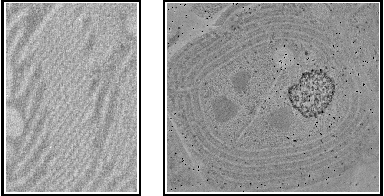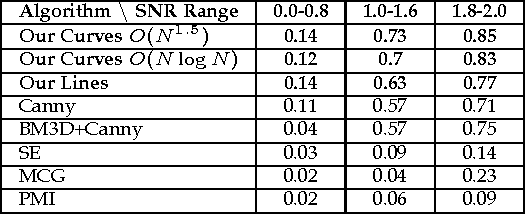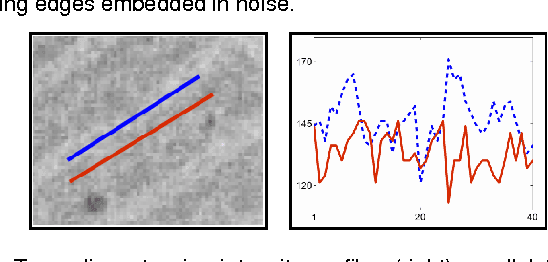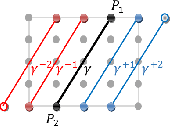On Detection of Faint Edges in Noisy Images
Paper and Code
Jun 22, 2017



A fundamental question for edge detection in noisy images is how faint can an edge be and still be detected. In this paper we offer a formalism to study this question and subsequently introduce computationally efficient multiscale edge detection algorithms designed to detect faint edges in noisy images. In our formalism we view edge detection as a search in a discrete, though potentially large, set of feasible curves. First, we derive approximate expressions for the detection threshold as a function of curve length and the complexity of the search space. We then present two edge detection algorithms, one for straight edges, and the second for curved ones. Both algorithms efficiently search for edges in a large set of candidates by hierarchically constructing difference filters that match the curves traced by the sought edges. We demonstrate the utility of our algorithms in both simulations and applications involving challenging real images. Finally, based on these principles, we develop an algorithm for fiber detection and enhancement. We exemplify its utility to reveal and enhance nerve axons in light microscopy images.
 Add to Chrome
Add to Chrome Add to Firefox
Add to Firefox Add to Edge
Add to Edge